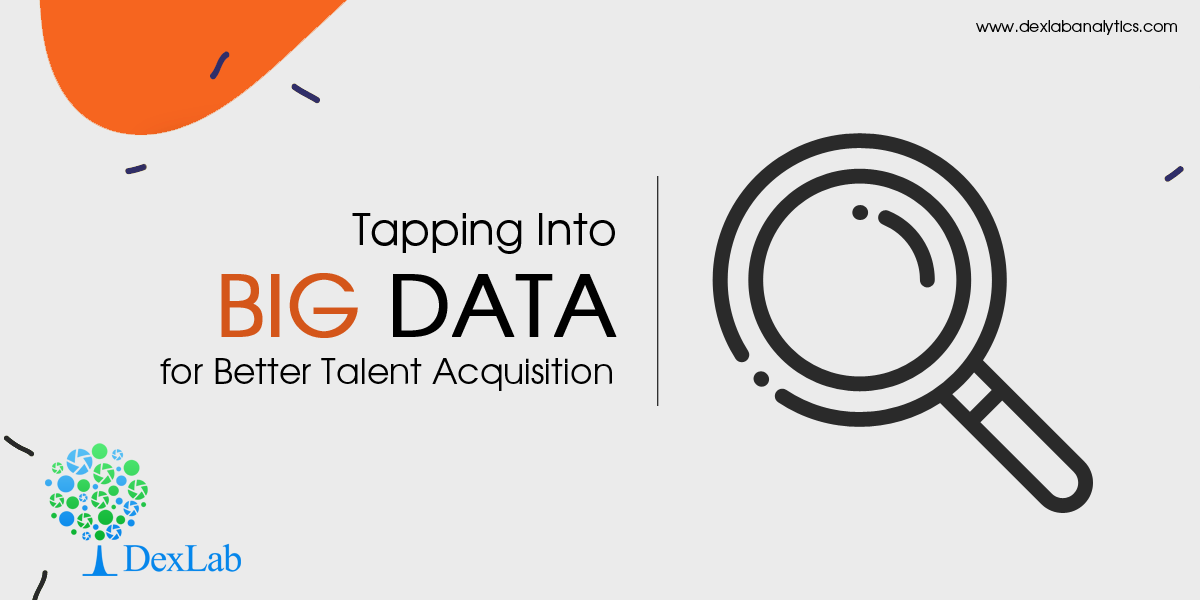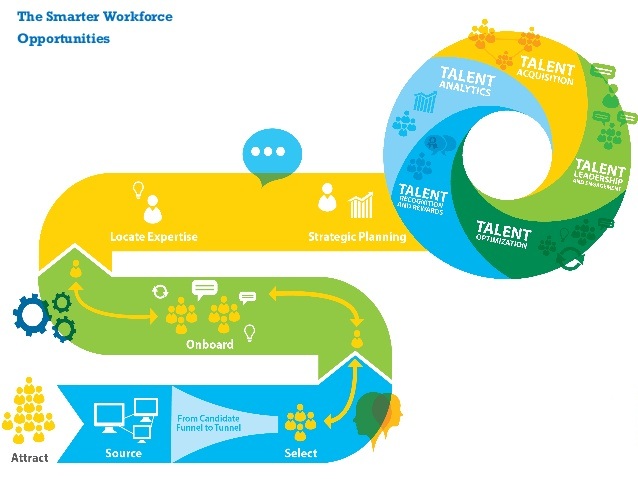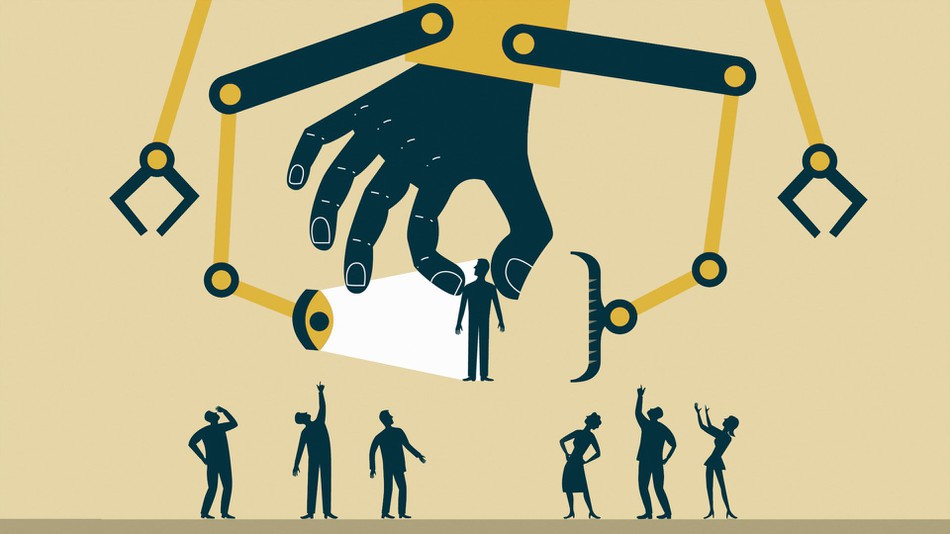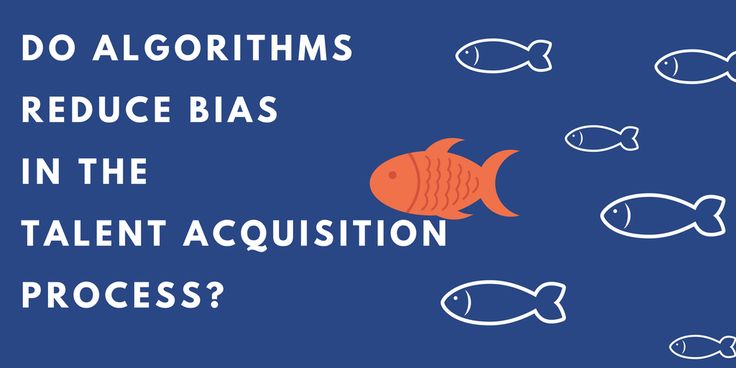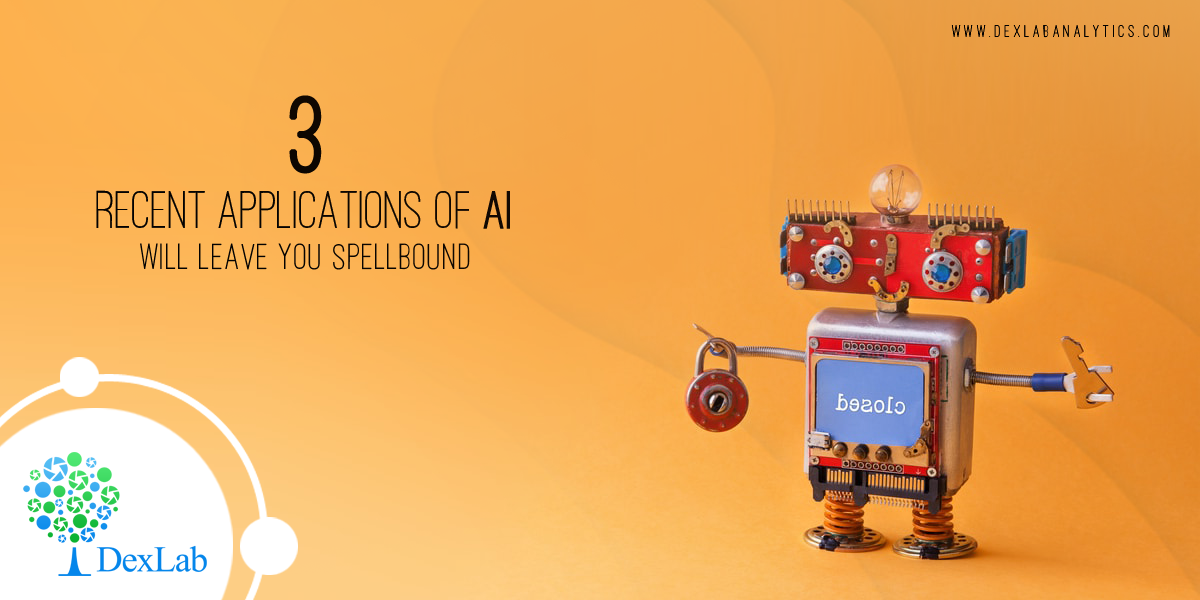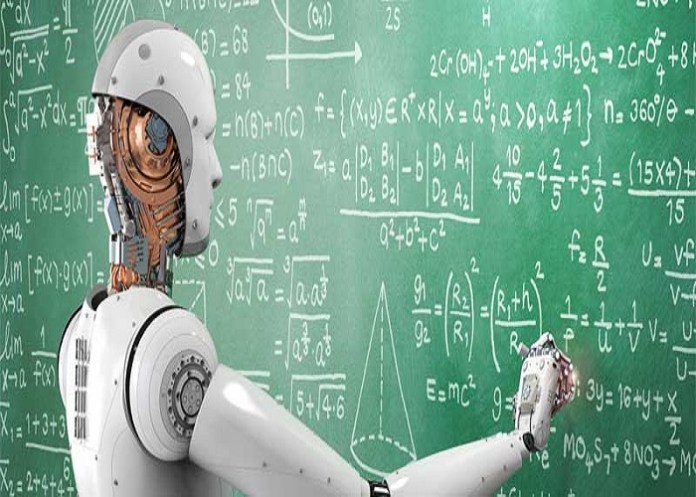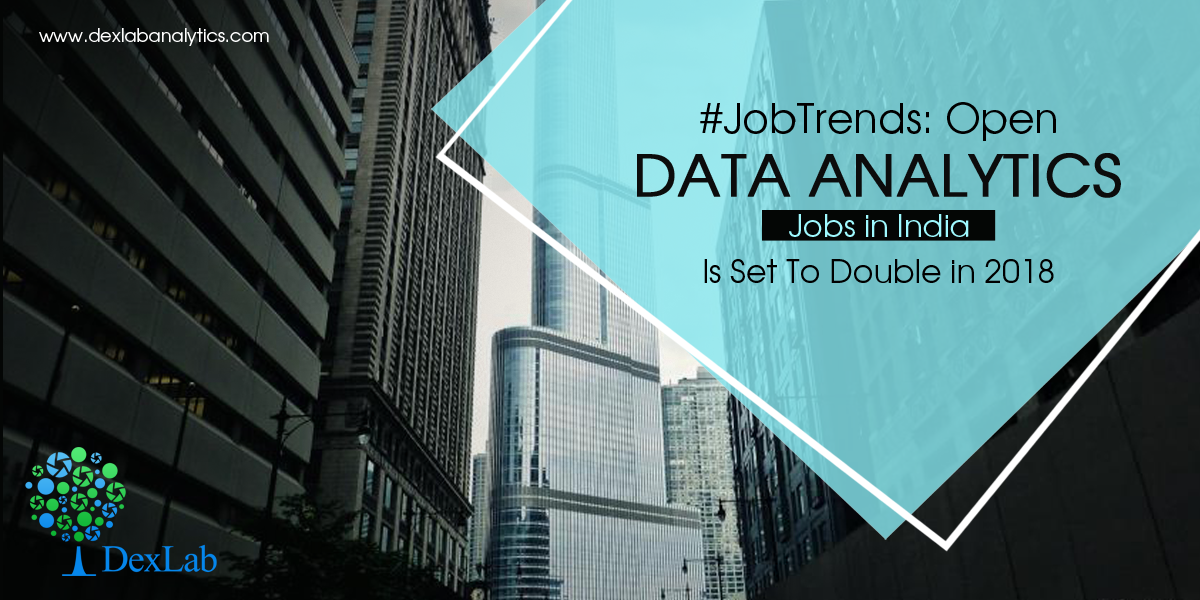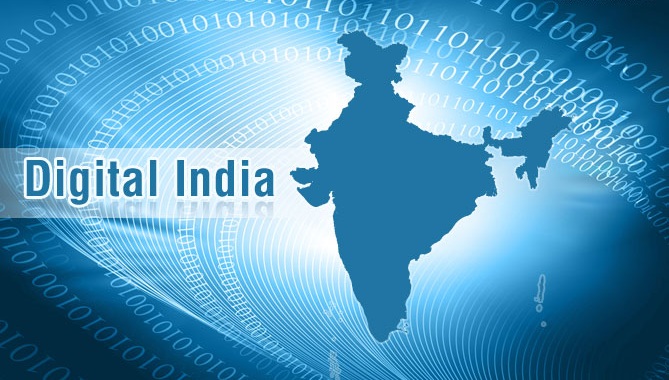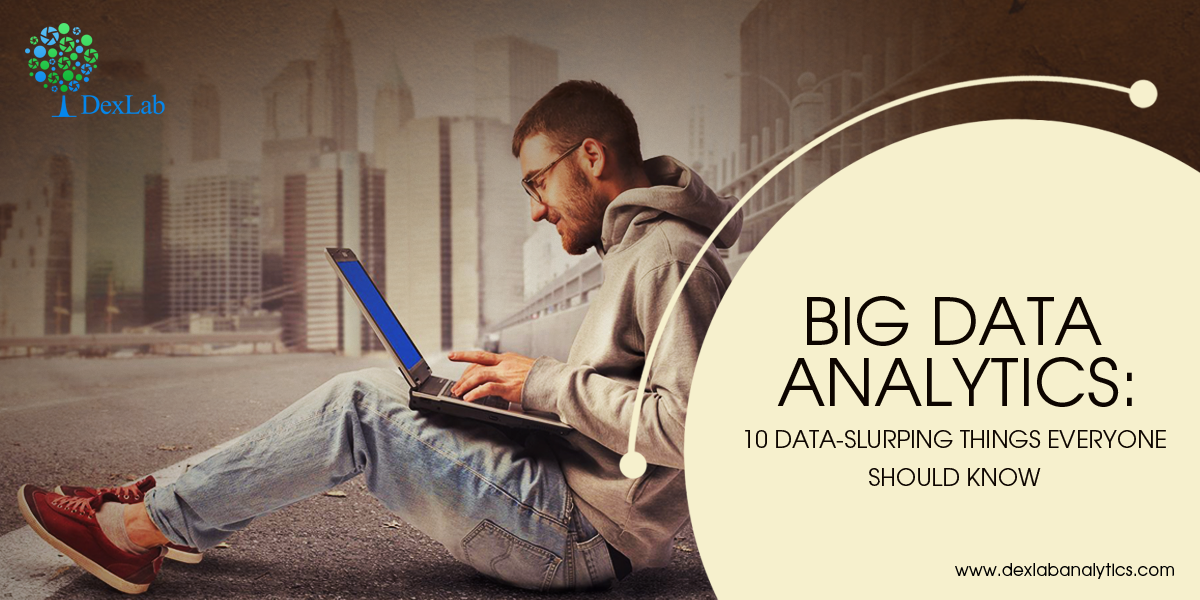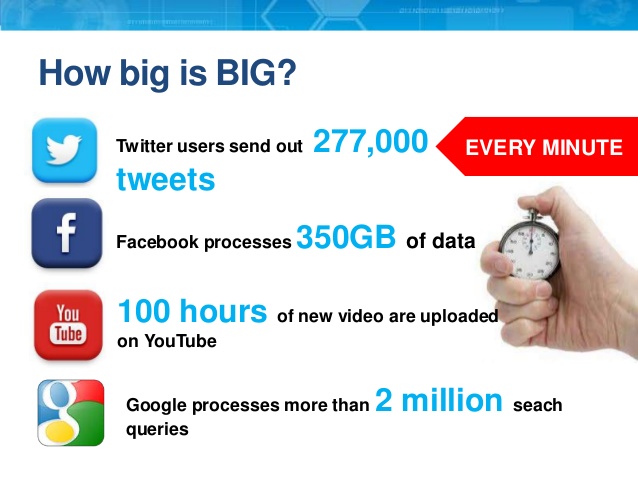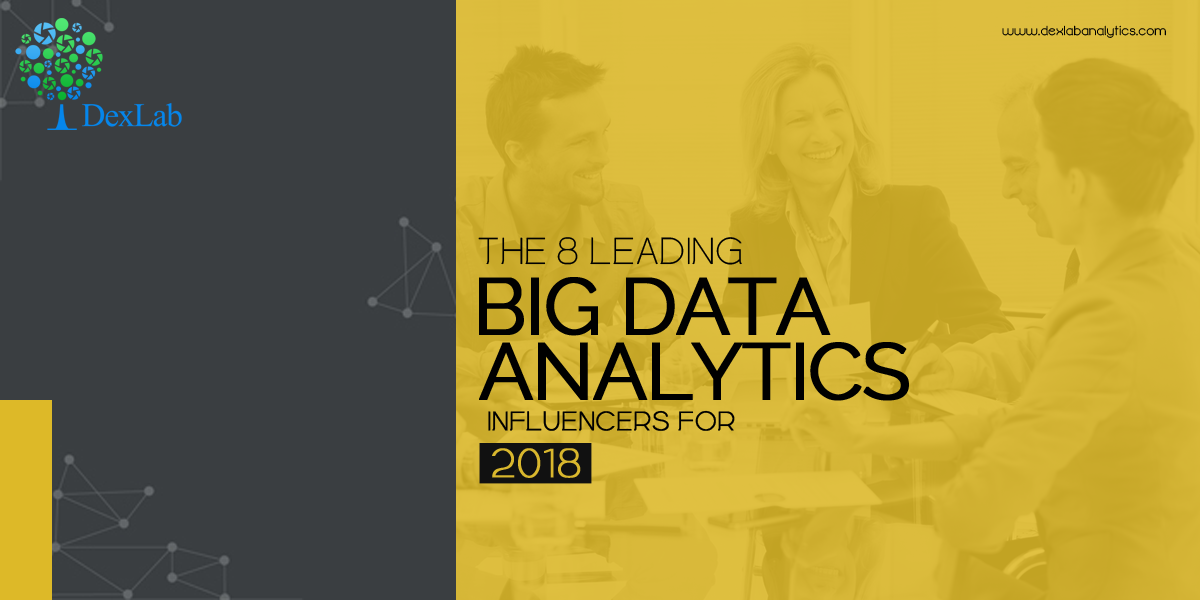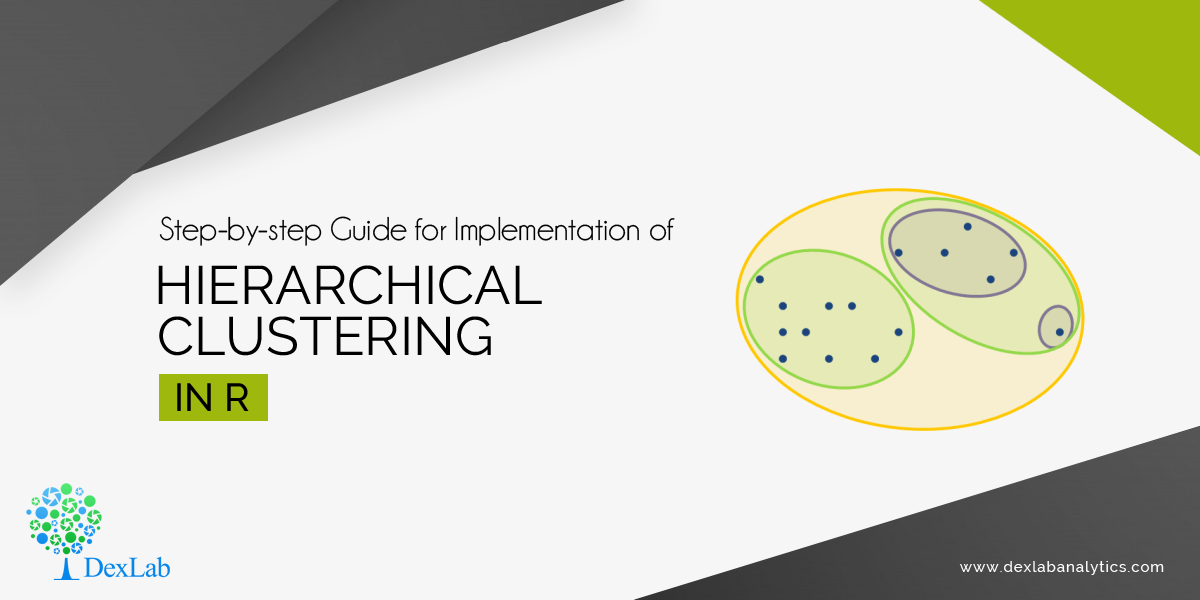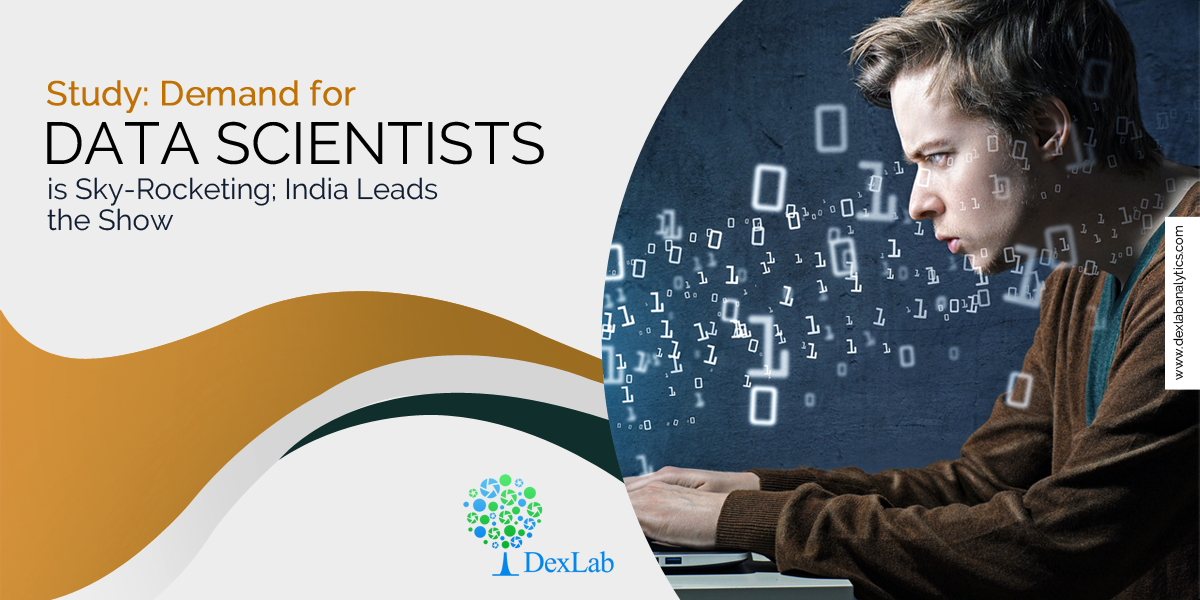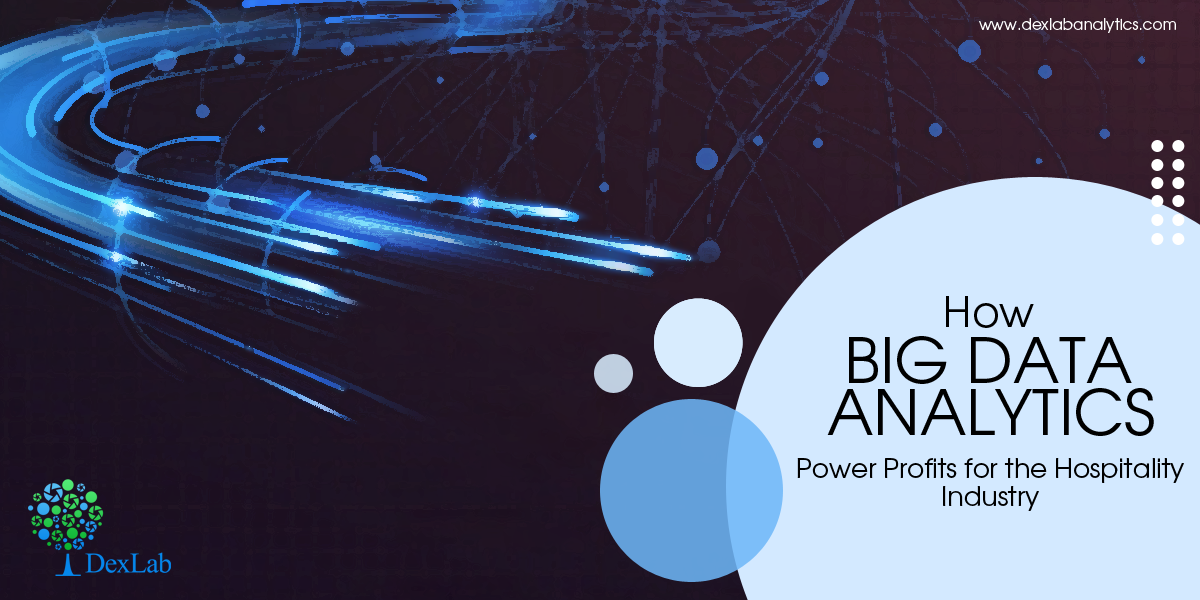
The hospitality industry is highly dependent on customer satisfaction. And the analysis of big data can help this industry predict customer behavior by understanding their needs and expectations. This in turn enables the hotels and restaurants to provide personalized customer service and retain loyal customers.
Hospitality service provider Airbnb is making the most of the new ‘’mobile first’’ approach where responsive designs are created for the smallest screens. This mode allows customers to engage in Airbnb business through phones. Although big data and its analysis is a large part of the success for this industry, many companies are yet to fully understand the gains associated with big data.

Here are some ways how big data enables the hospitality industry to drive profits:
Take better control of business:
Effectively analyzing big data drastically changes how the business runs. The hotel industry is a data rich sector with massive volumes of web, audio and video content. However, many hotels don’t use their data to its full potential. For instance, hoteliers collect loyalty information but few exploit the data for making business decisions. Through analytical data exploitation, hotels can deepen their understanding of the behavior, needs and expectations of guests and develop better loyalty programs.
Customer segmentation and Targeting:
Hotels must use customer data to provide better customer service as that is essential for ensuring that customers return to avail their services again. Analyzing this data is crucial to segment customers based on booking and travel trends, preferences, chance of responding to promotions, etc. Targeting clients with wrong offers can hinder business growth. Data analysis allows them to retain their best repeat clients by good incentives and promotions. It also allows them to build separate deals for customers who don’t visit them often with the hopes of converting them to loyal customers.
Set best prices for rooms:
Big data analytics is very important for setting competitive hotel prices so that it attracts more guests. Apart from setting the best price for rooms, hospitality-driven businesses can optimize the budget for utilities through analysis of weather data and energy rates.

On-time delivery:
As big data tools become more and more advanced, it shall enable better collection of data from traffic, temperature, weather, route and other sources. This will improve food delivery by providing better estimates of time taken to deliver. Moreover, it shall help restaurants understand how all the aforementioned sources affect the quality of food. Thus, it helps to plan the transportation beforehand and optimizes the utilization of resources.
Menu enhancement:
Using the customer data on food preferences, restaurants can build a customer profile that contains their favorite food and drinks. From the data gathered through feedback forms and online surveys, they can identify the most popular items in their menu and determine whether their menu needs to be improvised or completely reengineered.
Hence, new sources of data and emerging technologies like IoT (Internet of Things) and AI (Artificial Intelligence) enable the hospitality industry to understand the current trends in the market and boost the overall profit of the enterprise.
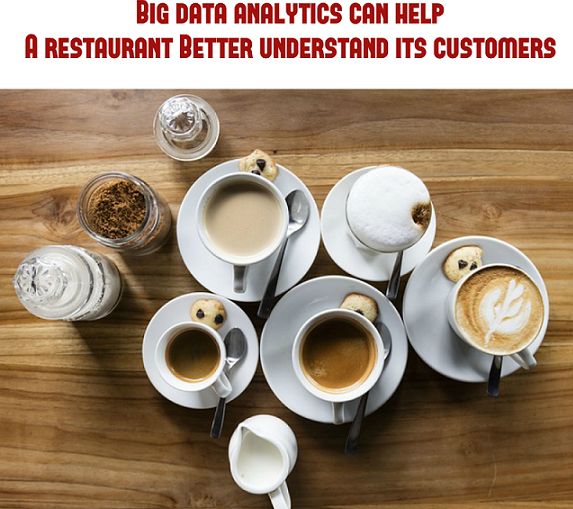
Companies who are embracing the power of big data are reaping huge profits, and students who are enrolling for big data Hadoop courses are earning big bucks! So, unlock your career with a big data Hadoop certification in Gurgaon. And follow DexLab Analytics for the latest big data related blogs and information.
References:
www.smartdatacollective.com/hospitality-industry-emergence-big-data
insidebigdata.com/2018/08/03/three-industries-profiting-big-data
Interested in a career in Data Analyst?
To learn more about Data Analyst with Advanced excel course – Enrol Now.
To learn more about Data Analyst with R Course – Enrol Now.
To learn more about Big Data Course – Enrol Now.To learn more about Machine Learning Using Python and Spark – Enrol Now.
To learn more about Data Analyst with SAS Course – Enrol Now.
To learn more about Data Analyst with Apache Spark Course – Enrol Now.
To learn more about Data Analyst with Market Risk Analytics and Modelling Course – Enrol Now.
